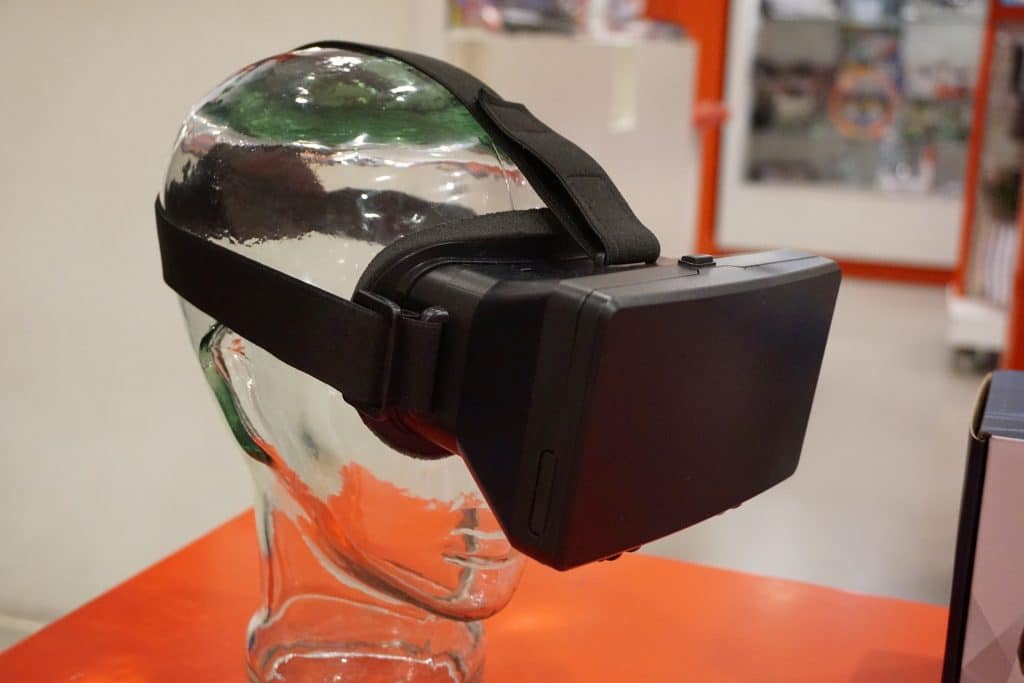A Potential Future of Technology in the Classroom

Photo by zedinteractive on Pixabay
Over the last two years, education systems have been looking for new ways to engage students in learning from home. However, educators in this article noted the lack of hands-on lab work and practical activities, which are crucial aspects of learning, particularly in Science, Technology, Engineering, and Mathematics (STEM) subjects.
The differences between VR, AR, and haptic technology are the ways in which users are immersed in it. In virtual reality, users’ sight and hearing are immersed in the virtual technology. In augmented reality, the technology is overlaid onto the environment the user already exists in. Haptics utilizes the user’s sense of touch to engage with the technology.
The authors of this article recognized that because the Learning by Doing (LBD), Problem Based Learning (PBL), and Active Learning (AL) approaches are student-led, they are integral to STEM learning. These techniques allow students to be fully engaged with their learning. Other important learning techniques are those that engage multiple senses, particularly sight, hearing, touch, and movement. Virtual reality, augmented reality, and haptic technology have the potential to mimic some of these senses, allowing multi-sensory learning to be more readily available for students.

A big limitation to bringing VR, AR, and haptic technology into the classroom is the lack of research that relates the technology to its educational potential. Most research focuses more heavily on the technology in a commercial setting. Another limitation they addressed was the affordability of the technology. Currently, it is unreasonable to expect students to buy the hardware associated with VR, AR, and haptic technology. However, the authors predict that, like smartphone technology, these technologies will become more affordable as more research is conducted on them.
This article shows that there’s still a lot of work to be done before VR, AR, and haptic technology can be used in classrooms, but research into these technologies is growing rapidly. As educators utilizing tech to teach, we at Agents of Discovery can’t wait to see what comes next. See how Agents of Discovery uses AR technology to help educators engage their students in a whole new way.
References:
Sanfilippo, F., Blazauskas, T., Salvietti, G., Ramos, I., Vert, S., Radianti, J., Majchrzak, T. A., Oliveira, D. (2022). A Perspective Review on Integrating VR/AR with Haptics into STEM Education for Multi-Sensory Learning. Robotics, 11(41), 1-20. https://www.mdpi.com/2218-6581/11/2/41
